Starting a garden can be an exciting yet daunting task, especially for beginners. The key to a successful and low-maintenance garden is choosing hardy, resilient flowers that can thrive with minimal care. Here are some of the best hard-to-kill flowers perfect for beginners, along with detailed characteristics and care tips for each:
1. Begonias
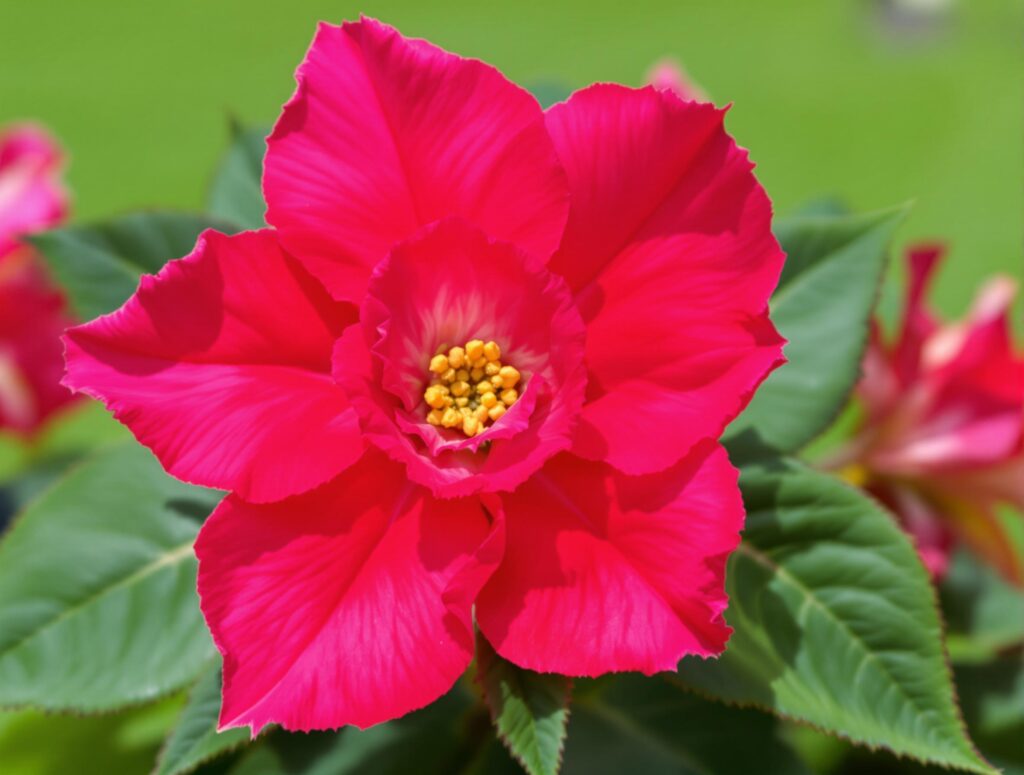
Characteristics:
- Appearance: Begonias feature waxy leaves and vibrant flowers in shades of red, pink, white, and yellow.
- Growth Habit: They are versatile and can be grown in garden beds, containers, and hanging baskets.
- Blooming Season: Begonias bloom from spring to fall, providing continuous color.
Care Tips:
- Watering: Begonias prefer well-drained soil and should be watered regularly, but avoid overwatering to prevent root rot.
- Soil: Use a well-draining potting mix for container planting.
- Light: They thrive in both sun and shade, making them adaptable to various garden settings.
- Fertilizer: Apply a balanced fertilizer every 4-6 weeks during the growing season to encourage blooming.
2. Geraniums
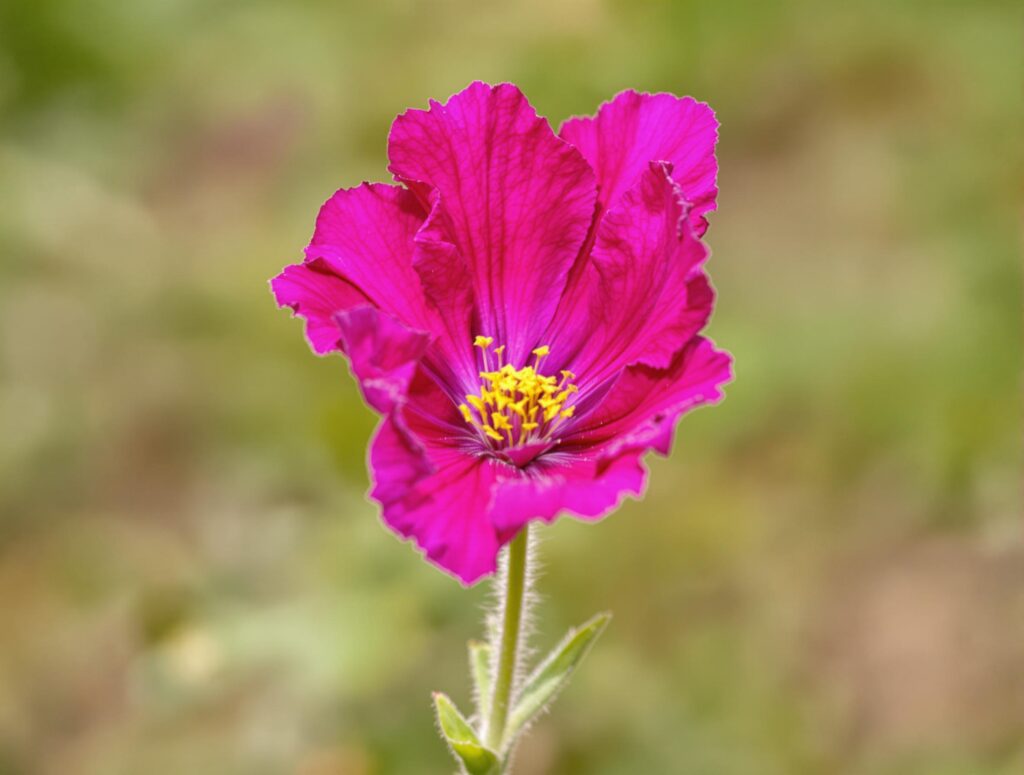
Characteristics:
- Appearance: Geraniums are known for their bright, clustered flowers in red, pink, purple, and white.
- Growth Habit: They are excellent for adding color to garden beds, patios, and porches through hanging baskets and pots.
- Blooming Season: Geraniums bloom from spring until the first frost, offering months of vibrant color.
Care Tips:
- Watering: Allow the soil to dry slightly between waterings to prevent overwatering.
- Soil: Geraniums thrive in well-drained soil with plenty of organic matter.
- Light: They prefer full sun but can appreciate some afternoon shade in warmer regions.
- Pruning: Regularly deadhead spent flowers to encourage continuous blooming.
3. Cosmos
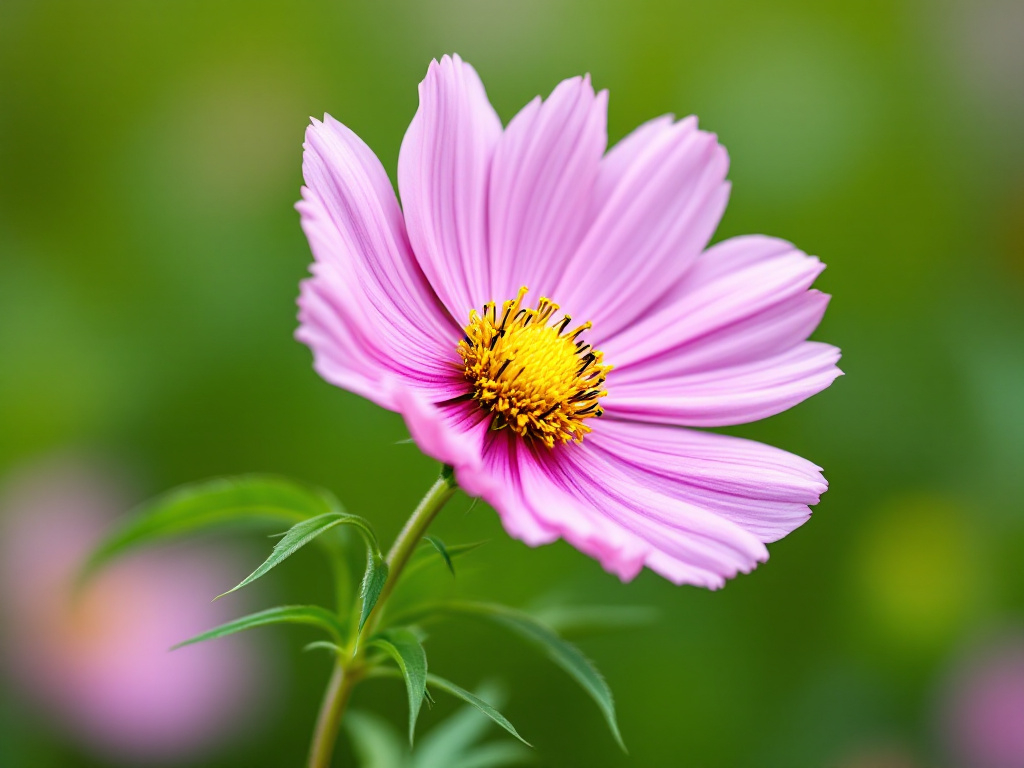
Characteristics:
- Appearance: Cosmos have delicate, daisy-like flowers in shades of pink, purple, and white.
- Growth Habit: These annuals can be easily grown from seeds and thrive even in poor soil conditions.
- Blooming Season: Cosmos bloom throughout the summer and into fall.
Care Tips:
- Watering: Water cosmos deeply once a week, allowing the soil to dry out between waterings.
- Soil: Cosmos can tolerate a variety of soil types but prefer well-drained soil.
- Light: They prefer full sun but can tolerate some afternoon shade, especially in warm weather.
- Planting: Sow seeds directly into the garden after the last frost for best results.
4. Zinnias
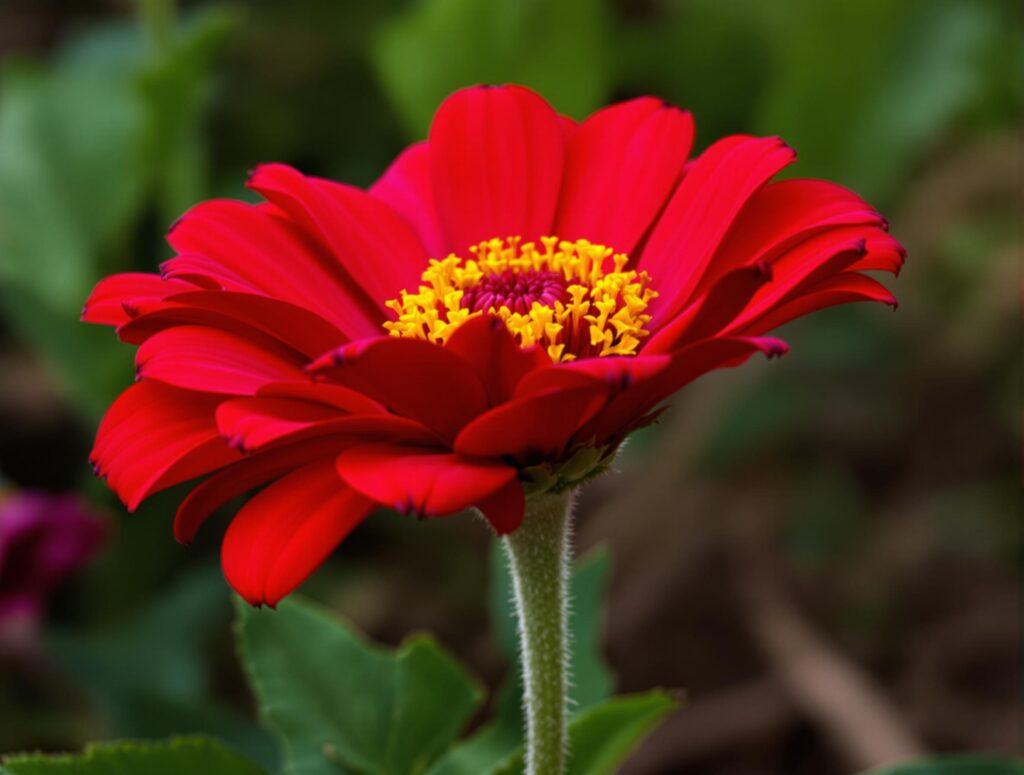
Characteristics:
- Appearance: Zinnias resemble daisies or dahlias and come in a variety of colors, including red, orange, yellow, pink, and purple.
- Growth Habit: They come in different heights, adding visual interest to your garden.
- Blooming Season: Zinnias bloom from summer to fall.
Care Tips:
- Watering: Water zinnias at the base of the plant to keep the foliage dry and prevent disease.
- Soil: Zinnias prefer well-drained soil with a pH between 5.5 and 7.5.
- Light: They need plenty of sun and good air circulation to avoid disease.
- Spacing: Plant zinnias 6-12 inches apart to ensure good air circulation and prevent powdery mildew.
5. Marigolds
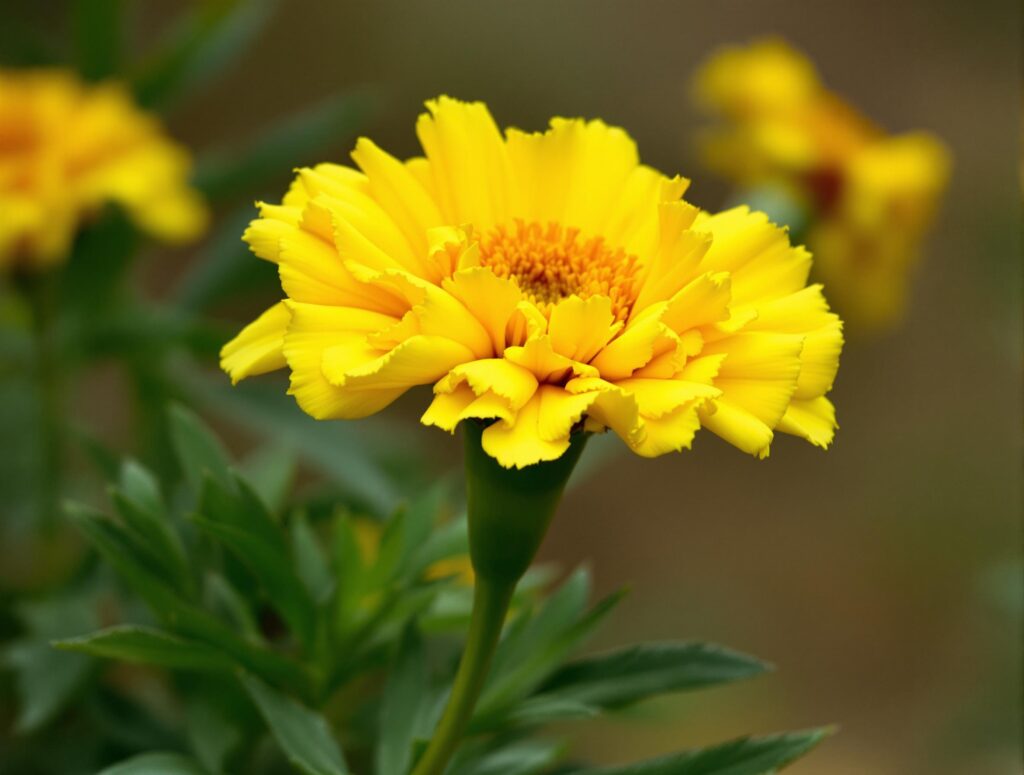
Characteristics:
- Appearance: Marigolds have bright, cheerful flowers in shades of red, orange, and yellow.
- Growth Habit: They are great for creating different heights in your garden, with taller varieties growing up to 3 to 5 feet tall.
- Blooming Season: Marigolds bloom all summer long.
Care Tips:
- Watering: Water marigolds regularly, but allow the soil to dry out slightly between waterings.
- Soil: Marigolds prefer well-drained soil with plenty of organic matter.
- Light: They thrive in sunny spots.
- Deadheading: Remove spent flowers to encourage continuous blooming and a bushier plant.
6. Sunflowers
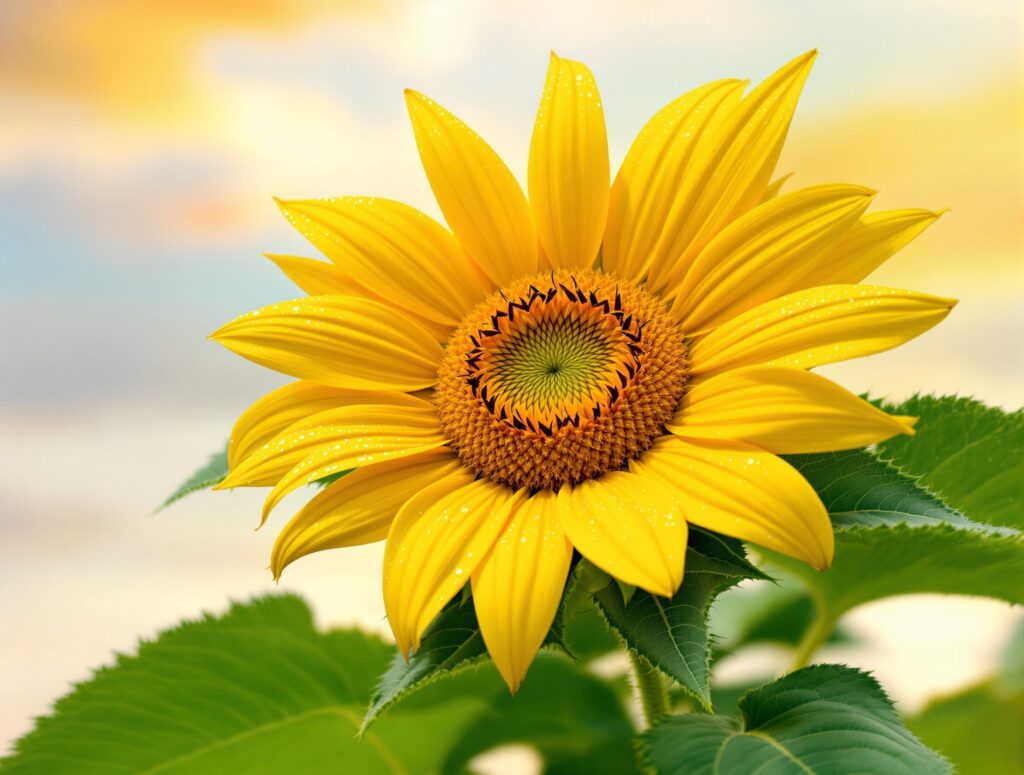
Characteristics:
- Appearance: Sunflowers are known for their tall stalks and large flower heads in shades of yellow, orange, and red.
- Growth Habit: They come in various sizes and are a striking addition to any garden.
- Blooming Season: Sunflowers bloom in the summer and early fall.
Care Tips:
- Watering: Water sunflowers deeply once a week, ensuring the soil is moist but not waterlogged.
- Soil: Sunflowers prefer well-drained soil with a pH between 6.0 and 7.5.
- Light: They naturally do well in sunny spots.
- Support: Tall varieties may require staking to prevent them from toppling over in strong winds.
7. Daffodils
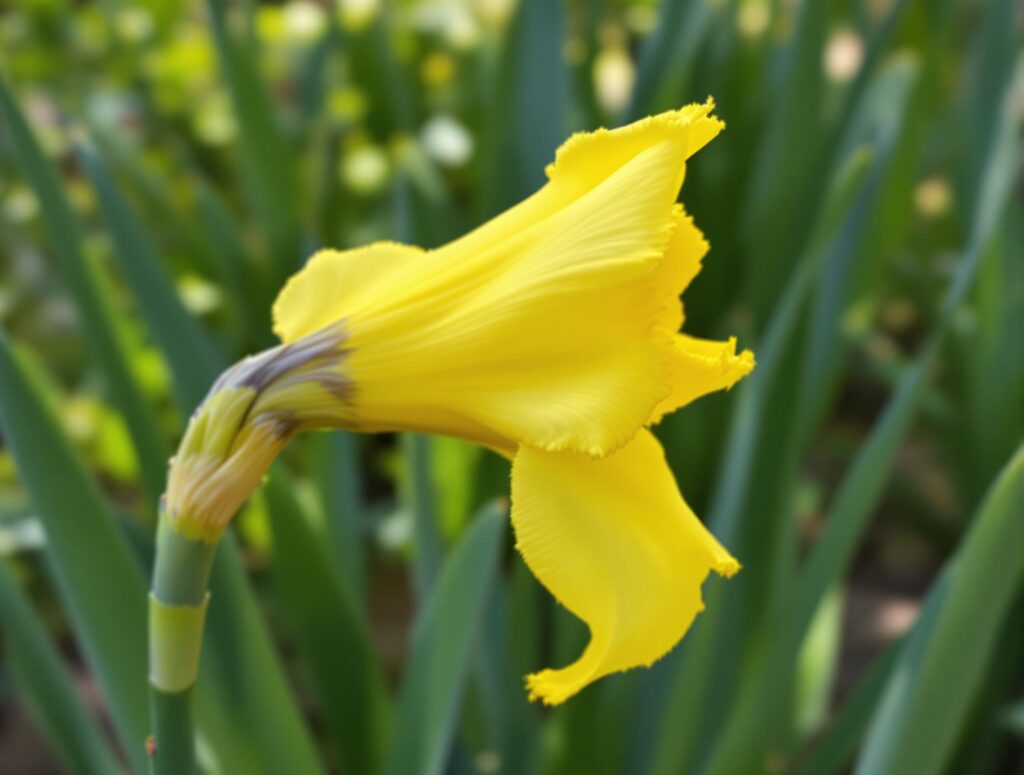
Characteristics:
- Appearance: Daffodils feature trumpet-shaped flowers in shades of yellow, white, and orange.
- Growth Habit: They are perfect for naturalizing in lawns and woodland gardens.
- Blooming Season: Daffodils bloom in early spring.
Care Tips:
- Watering: Water daffodils regularly during the growing season, but reduce watering once the foliage begins to die back.
- Soil: Daffodils prefer well-drained soil with plenty of organic matter.
- Light: They do best in sunny and partly sunny spots.
- Fertilizer: Apply a balanced fertilizer in the fall when planting bulbs to encourage strong growth in the spring.
8. Daylilies

Characteristics:
- Appearance: Daylilies have trumpet-shaped flowers in a wide range of colors, including yellow, orange, red, pink, and purple.
- Growth Habit: They form large clumps and are excellent for mass plantings and borders.
- Blooming Season: Daylilies bloom from spring until fall.
Care Tips:
- Watering: Daylilies are drought-tolerant once established but benefit from regular watering during the growing season.
- Soil: Daylilies prefer well-drained soil with a pH between 6.0 and 8.0.
- Light: They thrive in full sun to part shade.
- Division: Divide daylily clumps every 3-4 years to maintain vigorous growth and blooming.
9. Russian Sage

Characteristics:
- Appearance: Russian sage has fragrant, silver-gray foliage and lavender-like flowers.
- Growth Habit: It is a tall, airy plant that adds texture and movement to the garden.
- Blooming Season: Russian sage blooms in late summer and fall.
Care Tips:
- Watering: Russian sage is highly drought-tolerant and requires minimal watering once established.
- Soil: Russian sage prefers well-drained soil and can tolerate poor soil conditions.
- Light: It performs superbly in hot, dry conditions and full sun.
- Pruning: Cut back the plant in early spring to encourage bushier growth and more flowers.
10. Sedums

Characteristics:
- Appearance: Sedums have succulent-like foliage and star-shaped flowers in shades of pink, red, yellow, and white.
- Growth Habit: They come in various shapes, sizes, and colors and are resistant to heat, drought, winter cold, and insects.
- Blooming Season: Sedums bloom in late summer and fall.
Care Tips:
- Watering: Sedums are highly drought-tolerant and require minimal watering.
- Soil: Sedums prefer well-drained soil and can tolerate poor soil conditions.
- Light: They thrive in full sun but can tolerate some shade.
- Propagation: Sedums are easy to propagate from stem cuttings or division, making it simple to expand your garden.
Conclusion
These hard-to-kill flowers are perfect for beginners looking to add some greenery to their outdoor spaces without the worry of constant maintenance. Whether you choose begonias, geraniums, cosmos, or any of the other options listed, these resilient flowers will help you create a beautiful and low-maintenance garden. Happy gardening!